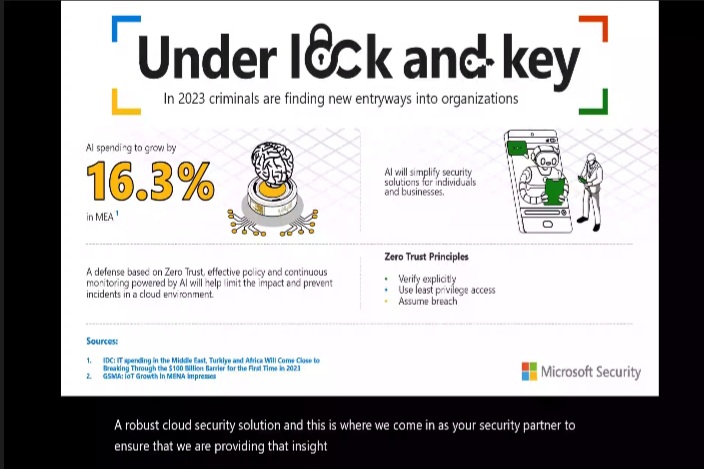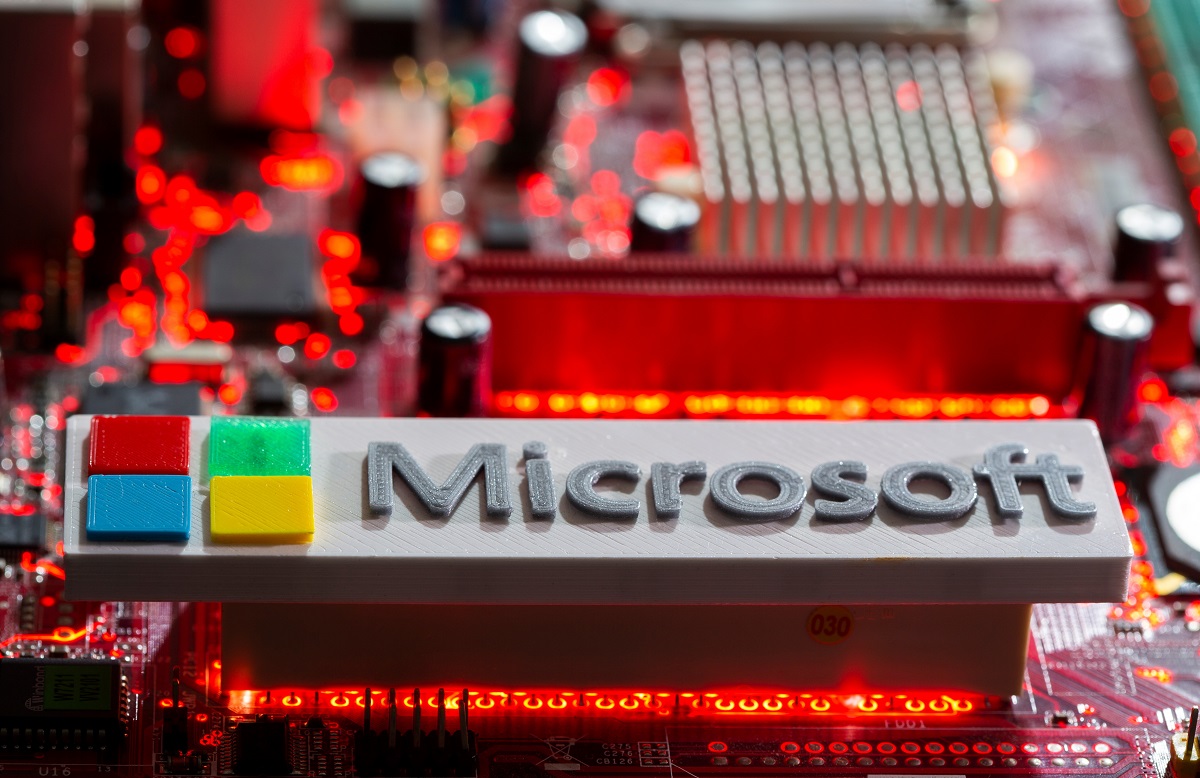- New research from Microsoft reveals that attackers are increasingly making use of operational technology to gain new entryways into company networks.
- Microsoft’s 43 trillion daily security signals and 8,500 security experts provide insight into the latest security trends in the Middle East and Africa
- Over 1.1 billion IoT connections are expected in the Middle East and North Africa by 2023

Microsoft’s latest Cyber Signals report highlights how cybercriminals are using Operational Technology (OT) as gateways into an organization’s network.
This comes at a time when IoT connections in the region are growing with the GSMA predicting that 1.1 billion IoT connections are expected by 2025 in MENA. It’s this growth in OT and IoT that has given cybercriminals more opportunities to breach an organization’s network.
Microsoft ’s Cyber Signals report is a regular cyberthreat intelligence brief spotlighting security trends and insights gathered from Microsoft’s 65 trillion daily security signals and 8,500 security experts.
The latest edition has found that converging IT, Internet of Things (IoT) and OT systems pose a wider risk to critical infrastructure.
For CIOs in the Middle East and Africa (MEA), the impact of a possible security breach is top of mind in an increasingly complex threat environment.
This can be seen in the 11.2 percent rise in cybersecurity spending in the Middle East and North Africa (MENA) for 2022.
The growing rate of digital transformation within the African region is facilitating the emergence of new attack vectors and opportunities for cybercriminals. For Nigerian CIOs the consequences of a possible security breach are their number one concern as they look to navigate an increasingly complex threat and regulatory landscape.
This is according to the Enterprise Security Trends in Nigeria survey, conducted by the IDC and commissioned by Microsoft. Nigerian organizations realize the importance of developing a proactive approach to security.
The IDC survey revealed that 72% of organizations in Nigeria have increased security budgets by 10% or more in the last few years.
The increase in digital transformation across the region has enabled organizations to manage their buildings, emergency systems and access control with smart devices connected to a network. In addition, we have seen an increase in IoT devices in the workplace to better enable hybrid work such as smart conference rooms with microphones and cameras.
As the threat landscape continues to expand and become more complex, organizations need to rethink their cyber risk approach to stay one step ahead of would-be attackers.
Cyber Signals found that there are currently over 1 million connected devices publicly visible on the Internet running Boa, an outdated and unsupported software still widely used in IoT devices and software development kits.

“Organizations are more connected than ever before. From the humble Wi-Fi router to the everyday office printer, IT teams need to view their IoT devices differently and secure them as they would any company laptop to prevent security breaches,” says Ola Williams, Country Manager for Microsoft Nigeria and Ghana. “Gaining complete visibility of an organization’s OT systems and protecting its IoT solutions will go a long way in preventing cyberattacks.”






